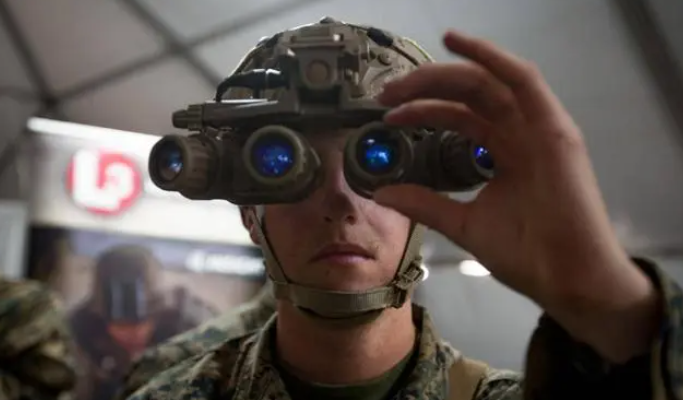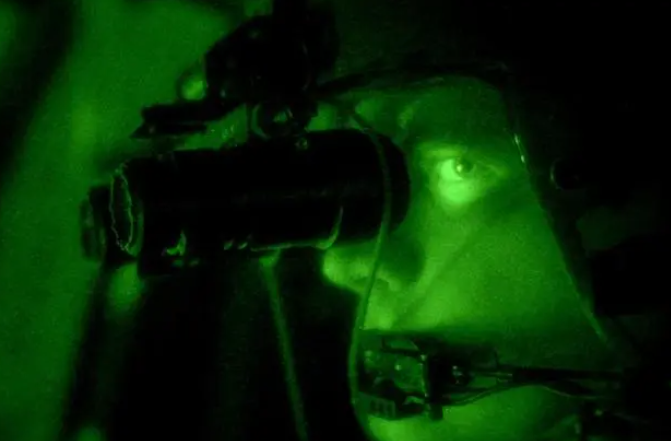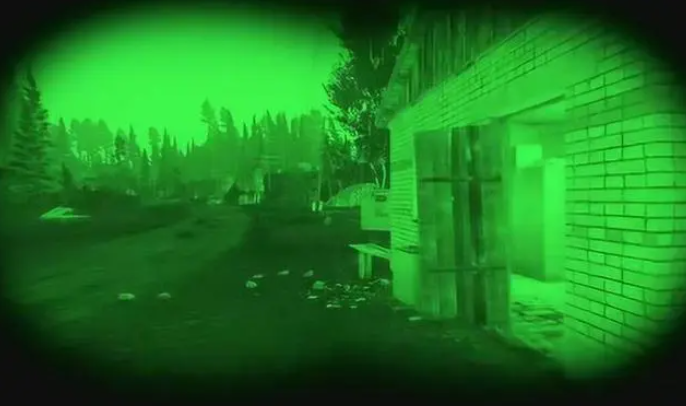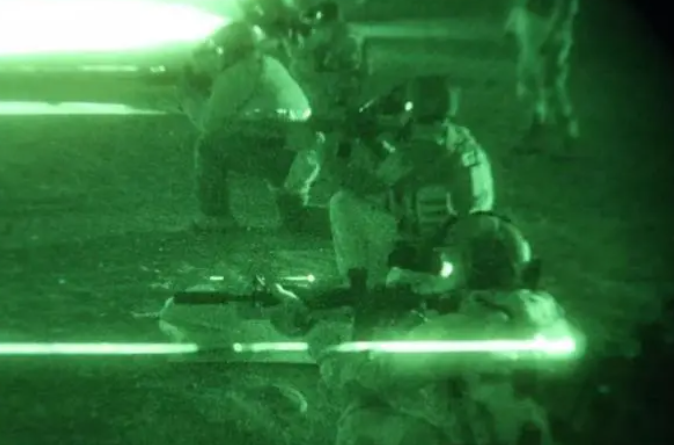Have you ever had this experience, walking in the dark at night, but not being able to see the surrounding environment clearly, and even bumping into obstacles or taking the wrong road? Have you ever thought about how great it would be if there was a device that could allow you to see as clearly in the dark as in the daytime? In fact, such a device already exists, and it is a night vision device.

Night vision device is an optical instrument that can observe targets under low light or no light conditions. It uses some physical principles and technologies to convert light that is invisible to the human eye into light that is visible to the human eye, thus turning night into day. Night vision devices are widely used in military, security, outdoor exploration and other fields, and are an important tool for humans to explore the dark world.

So how do night vision devices achieve this magical function? We need to understand the nature of light. Light is an electromagnetic wave, which has different wavelengths and frequencies, forming different colors. The human eye can only see a part of the color of light, that is, visible light, whose wavelength is approximately between 380 nanometers and 780 nanometers. Light other than visible light, such as ultraviolet light, infrared light, microwaves, radio waves, etc., is invisible to the human eye, but they also exist in nature and can be detected and used by some instruments.
Night vision devices use light that is invisible to the human eye to observe the target. According to the principles and technologies used, night vision devices can be divided into the following types:

Low-light night vision devices: This type of night vision device uses weak but existing light sources, such as starlight, moonlight, lights, etc. It collects these faint lights through a special lens and converts them into electrical signals. The electrical signals are amplified by an intensifier and converted into visible light signals again. The visible light signals are displayed on a screen to form an image with enhanced brightness.
Low-light night vision devices are the simplest and most commonly used type of night vision devices, but they also have some disadvantages: it requires a certain amount of ambient light to work and cannot be used in total darkness; it is very sensitive to strong light and easily damaged; the images it displays are usually green or black and white, lacking a sense of reality.
Active infrared night vision devices: This type of night vision device uses active infrared light to illuminate the target. Infrared light is a type of light that is invisible to the human eye but can be reflected or absorbed by objects. Active infrared night vision devices emit infrared beams through an infrared transmitter and receive infrared images reflected or radiated by the target through an infrared receiver. The infrared image is converted into an electrical signal, which is then converted into a visible light signal and displayed on the screen.
The advantage of active infrared night vision devices is that they can be used in total darkness and are not affected by strong light; but they also have some disadvantages: they require additional power to emit infrared light, and the infrared beam may be detected or interfered with by other infrared devices; the images they display are also green or black and white, lacking realism.

Passive infrared night vision devices: This type of night vision device uses passive reception of infrared light radiated by the target itself to observe the target. All objects radiate infrared light of different wavelengths according to their own temperature, and the body temperature of humans and animals is usually higher than that of the surrounding environment, so the infrared light they radiate is also stronger. Passive infrared night vision devices collect these infrared lights through a special lens and convert them into electrical signals. The electrical signals are processed by a microprocessor and displayed on a color screen.
The advantages of passive infrared night vision goggles are that they can be used in total darkness, and they do not need to emit any light beams, so they will not be detected or interfered with; and the images they display are in color, and they can distinguish objects of different temperatures, with a strong sense of reality; but it also has some disadvantages: it is sensitive to temperature changes and is easily affected by heat or cold sources; it is also more expensive and complex, requiring more technology and maintenance.
Each type has its own advantages and disadvantages, and is suitable for different occasions and needs. Night vision goggles are a magical device that turns night into day. It allows us to see more things in the dark, and increases our understanding and exploration of nature and human society. However, night vision goggles are not omnipotent. They cannot replace our own eyes and judgment. We should use them reasonably and abide by relevant laws and ethical norms.


